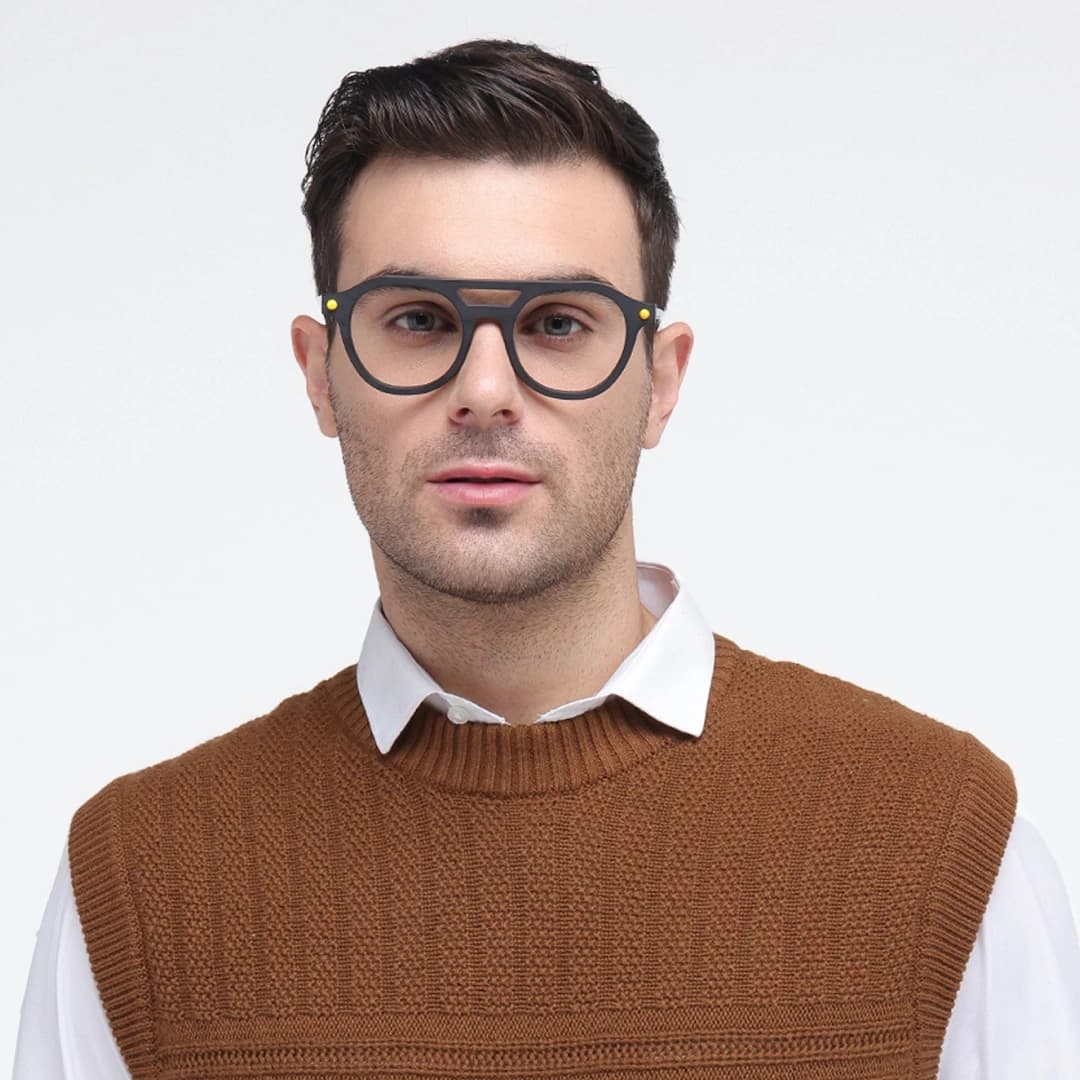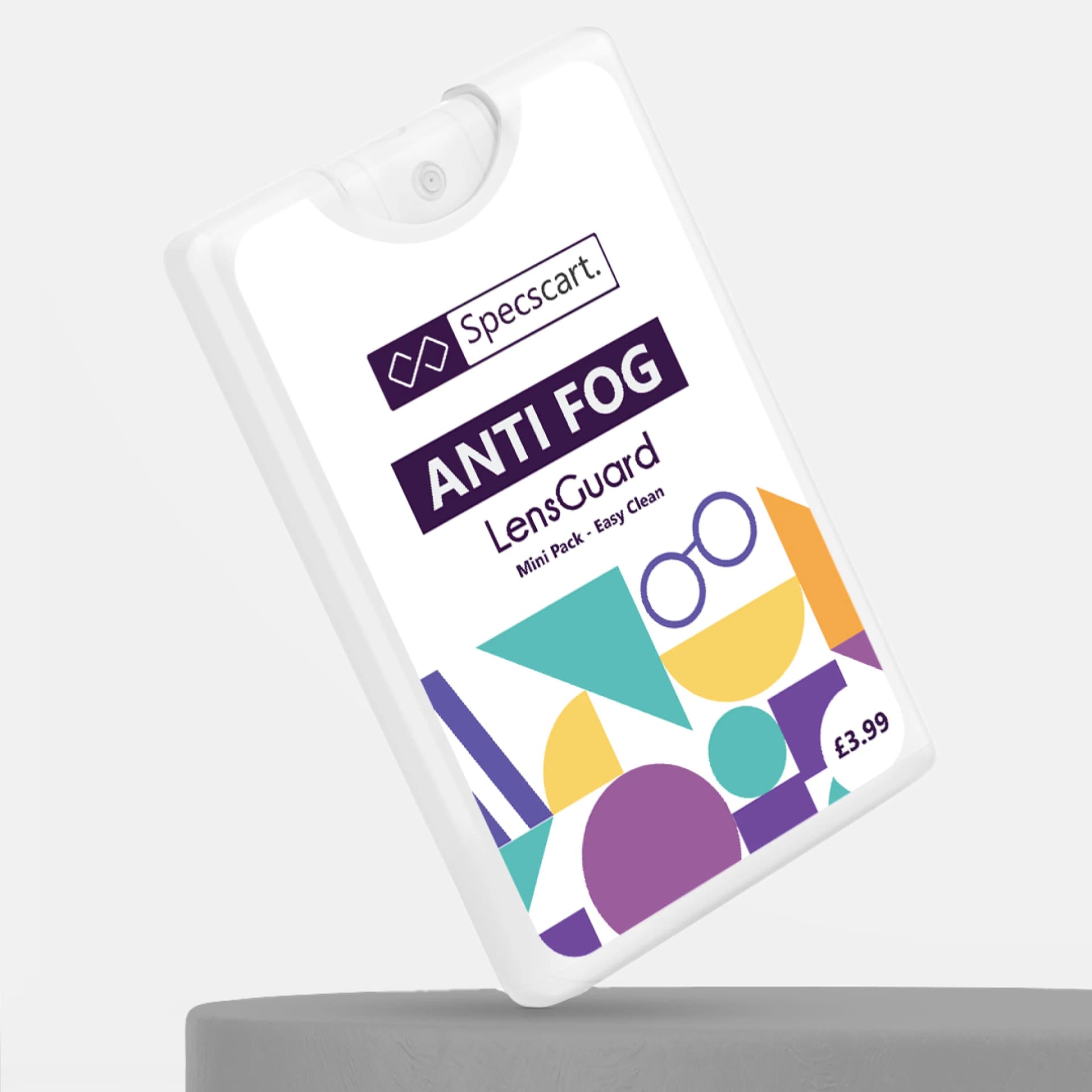How to Choose the Right Frame Material for Eyeglasses?

Content Manager
Are you on a hunt to find a new pair or this is your first time investing in eyeglasses? When shopping for eyeglasses, you will come across various frame materials. But, to be honest, choosing from too many options can get exhausting. Eyeglasses are an investment and getting them in the wrong material can lead to so many problems.
While each material offers a distinct look, it could be hard to decide which one is the best option for you. Decisions related to buying prescription glasses should be taken while keeping your lifestyle and vision needs in mind. If you’re a first-time glasses buyer or looking for a change, you don’t have to navigate between different options. We’ll tell you about the various frame materials out there and what they have to offer so you are prepared when buying glasses.
Different Types of Frame Materials
Don’t neglect the frame material when buying glasses online. The right material could make a lot of difference when it comes to the comfort and durability of your glasses.
Metal Frames
The most popular in eyeglass frames, metal glasses are available in a wide range of options, each one having distinctive properties and features.
1. Titanium

Extremely resilient to damage and pressure, titanium is a hypoallergenic material that feels ultralight on your face. Titanium is the best material in eyeglasses because it requires the least frame maintenance. It is often mixed with other metals which makes it even more flexible. The best rimless eyeglasses are either made from titanium or other lightweight metal.
Pros
- Strong
- Durable
- Lightweight
- Corrosion-resistant
- Recyclable
Cons
- Expensive than other materials
- Limited colour choices
- Not ideal for a bold look
2. Stainless steel

This material is an alloy of carbon steel and iron with other elements such as chromium. Adding 10% chromium to this material makes it less prone to rust or strain.
Pros
- Durable
- Strong
- Non-corrosive
- Lightweight
- Rust resistant
- Hypoallergenic
- Less expensive than titanium frames
Cons
- Not as flexible as titanium
- Not as heat resistant as titanium
- Not as lightweight as titanium
3. Aluminium

Aluminium is a soft metal that can be carved easily. It offers the benefits of steel frames while being only half of their weight. It is also one of the most abundant metals on the planet.
Pros
- Lightweight
- Resistant to corrosion
- Sleek & modern design
- Could be recycled
Cons
- Less durable
- Difficult to adjust
- Limited colour retention
Acetate

Acetate is also called cellulose acetate and is made from cotton and wood pulp. It’s a plant-based cellulose that first came into the picture in the 1940s. Plastic frames used to have so many problems such as being too brittle or prone to heat damage. Also the condition of the plastic frames used to deteriorate after a few years of use. But, acetate does not have any of these problems and is still lightweight and comfortable. It is easy to mould and comes in different hues and patterns.
Pros
- Eco-friendly material
- Affordable
- Comfortable to wear for a long time
- Have a natural look
- Can be coloured
- Hypoallergenic
Cons
- May need frequent adjustments
- Can Warp Over Time
Wood

If you’re looking for designer glasses, then the options could be endless. However, going for something as new and exotic as wooden frames will help you look unique. Carved from natural and raw wood, these glasses boast minimalism and simplicity. The wood effect offers a raw or unfinished look that’s stylish and classy.
Pros
- Environment friendly
- Durable
- Stylish
- Unique
- Lightweight
- Hypoallergenic
- Comfortable
Cons
- Taking care of wooden glasses can be difficult
- Limited colour options
- A little costlier than acetate or metal frames
TR90

Popular in sports glasses, TR90 is a thermoplastic material that offers great flexibility and impact resistance. If you’re looking for durability in glasses, don’t look any further than TR90 frames. It’s one of the best choices for people with an active lifestyle. Different from normal glasses or sunglasses, TR90 offers grip and makes sure your glasses don’t fall off your face when you’re making intense movements.
Pros
- Ultra-lightweight
- Durable
- Memory shape retention
- The rubber-like texture gives it a nice grip
- Tough
- Water & sweat-resistant
- Resilient to intense impacts
Cons
- Costly
- It can get scratched over time
The Bottom Line
Now, you can choose the right material for your eyeglasses as per your need. You will not be confused with so many options. You can get glasses online from Specscart using any of the materials mentioned above and enjoy free lenses with premium protective coatings like anti-glare, anti-UV, anti-scratch, and impact resistance.
Caution: You may become style obsessed
Your way finder
2000+ Trendy Styles

Fashion Forward Sunnies



















































